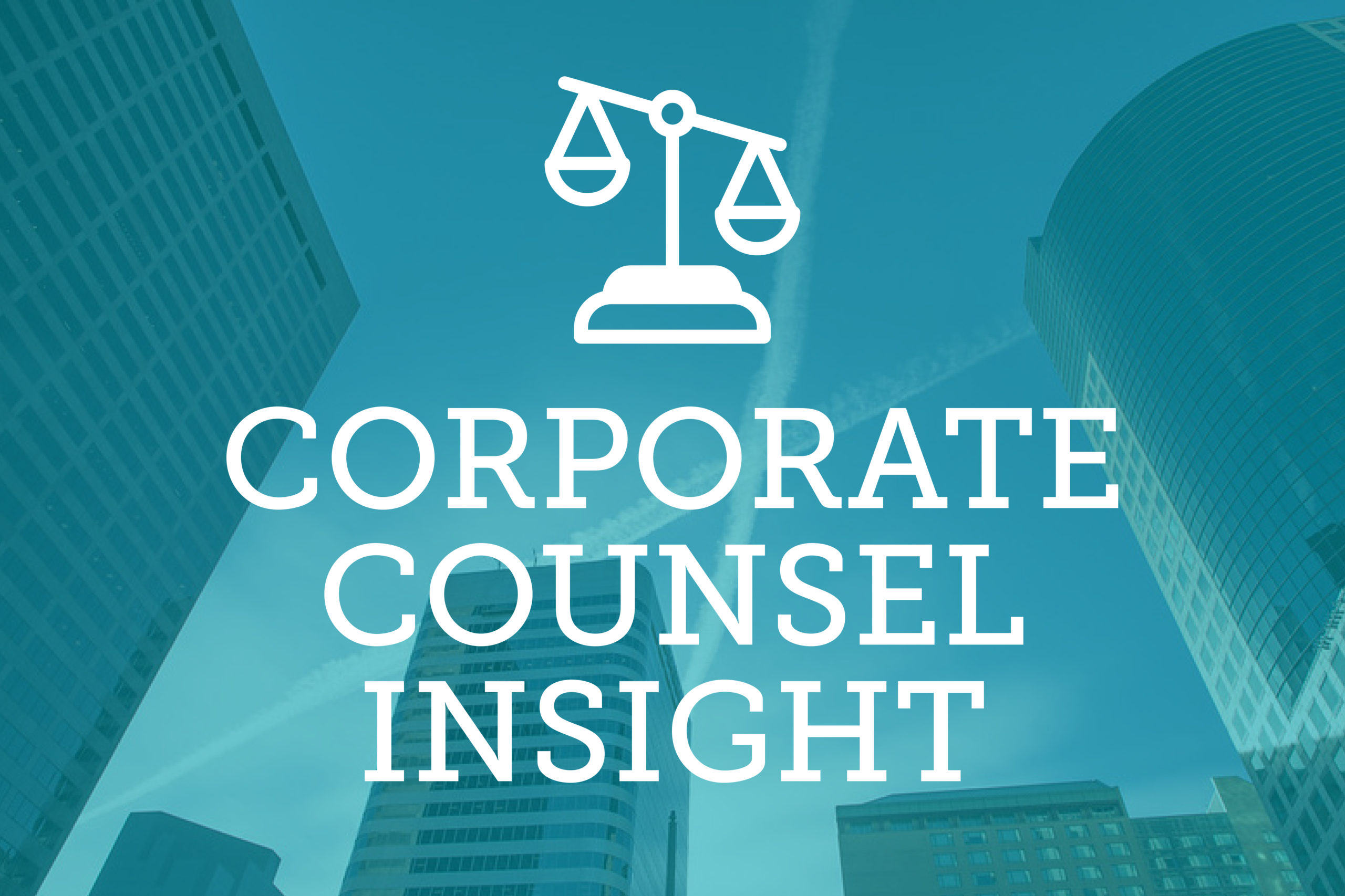
When the Securities and Exchange Commission or private investors go after corporate figures for making false statements to investors, the disseminators of those statements can be in just as much hot water as the people who “made” the statements.
The Supreme Court held in Lorenzo v. Securities and that someone who knowingly disseminates material false or misleading statements doesn’t escape liability under SEC rules. According to the March 29 ruling, a distributor of the statement can be “primarily liable” for fraud — not secondarily liable in an aiding-and-abetting sense — even if they’re not the ultimate authority on that statement. Securities attorneys say the decision could expand the group of people who could be on the hook for federal securities fraud.
Lorenzo concerned SEC Rule 10b-5, which makes it unlawful for any person:
• “(a) To employ any device, scheme, or artifice to defraud,
• (b) to make any untrue statement of a material fact . . . , or
• (c) to engage in any act, practice, or course of business which operates or would operate as a fraud or deceit . . . in connection with the purchase or sale of any security.”
Most securities fraud cases are brought through subsection 5b, but until 2011, it was arguable who would be considered a “maker” of a false statement. The Supreme Court’s decision in Janus Capital Group, Inc. v. First Derivative Traders defined a “maker” of a false statement as whoever had “ultimate authority” over the statement.
Francis Lorenzo, director of a Staten Island-based broker-dealer, tried to sell $15 million of debentures on behalf his renewable energy company client, Waste2Energy. Lorenzo sent emails to two potential investors saying Waste2Energy had $10 million in confirmed assets when in reality the company’s public filings showed it had less than $400,000. Lorenzo’s emails contained his signature line and encouraged the investors to reach him with any questions.
The SEC prosecuted Lorenzo, along with his boss and his company, charging that he’d violated 10b-5 by sending false and misleading statements to investors with intent to defraud. Lorenzo argued that he wasn’t liable under 10b-5b because his boss was the “maker” of the statements, having supplied the content that he’d cut and pasted into his emails to potential investors. The D.C. Circuit Court of Appeals agreed, but still found him liable for the other SEC rules, including the “scheme liability” claims under the a and c subsections of 10b-5.
The Supreme Court ruled likewise in a 6-2 decision, with Justices Clarence Thomas and Neil Gorsuch dissenting. Justice Brett Kavanaugh sat out the decision, having supplied the dissent in Lorenzo for the D.C. Circuit.
The Supreme Court held that even though subsection b doesn’t apply to it, dissemination of false statements with intent to defraud can fall under a and c. “In our view, that is so even if the disseminator did not ‘make’ the statements and consequently falls outside subsection (b) of the Rule,” wrote Justice Stephen Breyer the majority.
Tom Tenenbaum, a Denver-based securities regulatory defense attorney and commercial litigator, said Lorenzo expands the group of people in a corporate structure who could be liable for securities fraud. Previously, the SEC might charge a disseminator like Lorenzo for aiding and abetting the fraud, which carries sanctions and consequences “that are a lot less difficult and serious than for primary liability,” Tenenbaum said.
After bringing those heftier primary actor charges, the SEC would still have to prove that statement disseminators acted with fraudulent intent or recklessness, “but it’s not too much solace to be sued and have to fight it,” he added.
While the SEC can go after someone aiding and abetting federal securities fraud, private litigants can’t. By making a message disseminator like Lorenzo primarily liable for fraud, the Supreme Court potentially makes other actors like him fair game in private lawsuits.
“I think it’s a real win for the private securities bar … and frankly corporate America would not be thrilled with it,” said Lee Terry, a corporate and securities attorney who is a partner with Davis Graham & Stubbs in Denver. Lorenzo’s argument was always a long shot, he said. “It would make no sense [for the court] to rule that if you don’t make the statement, you could never be liable under 10b-5.”
Terry added, “To the extent that corporate fraudsters were cackling in delight and rubbing their hands in glee after Janus,” thinking they could escape liability under SEC rules if they only send the false statements, “that celebration was premature.”
Lorenzo still leaves some questions that could be debated in lower courts. Terry noted the Supreme Court didn’t weigh in on how much knowledge the defendant has to have to be liable for disseminating a false statement.
The range of people implicated under 10b-5 could also be a gray area. The Lorenzo majority said that while those provisions capture “a wide range of conduct” and “may present difficult problems of scope in borderline cases,” the court “saw nothing borderline about [Lorenzo’s] case.”
“And while one can readily imagine other actors tangentially involved in dissemination — say, a mailroom clerk — for whom liability would typically be inappropriate, the petitioner in this case sent false statements directly to investors, invited them to follow up with questions, and did so in his capacity as vice president of an investment banking company,” Breyer wrote.
“Somewhere between the mail clerk and the CEO are all these people” who could be liable under Rule 10b-5 for disseminating statements, Tenenbaum said, adding lower courts are going to have to work those distinctions out.
— Doug Chartier

